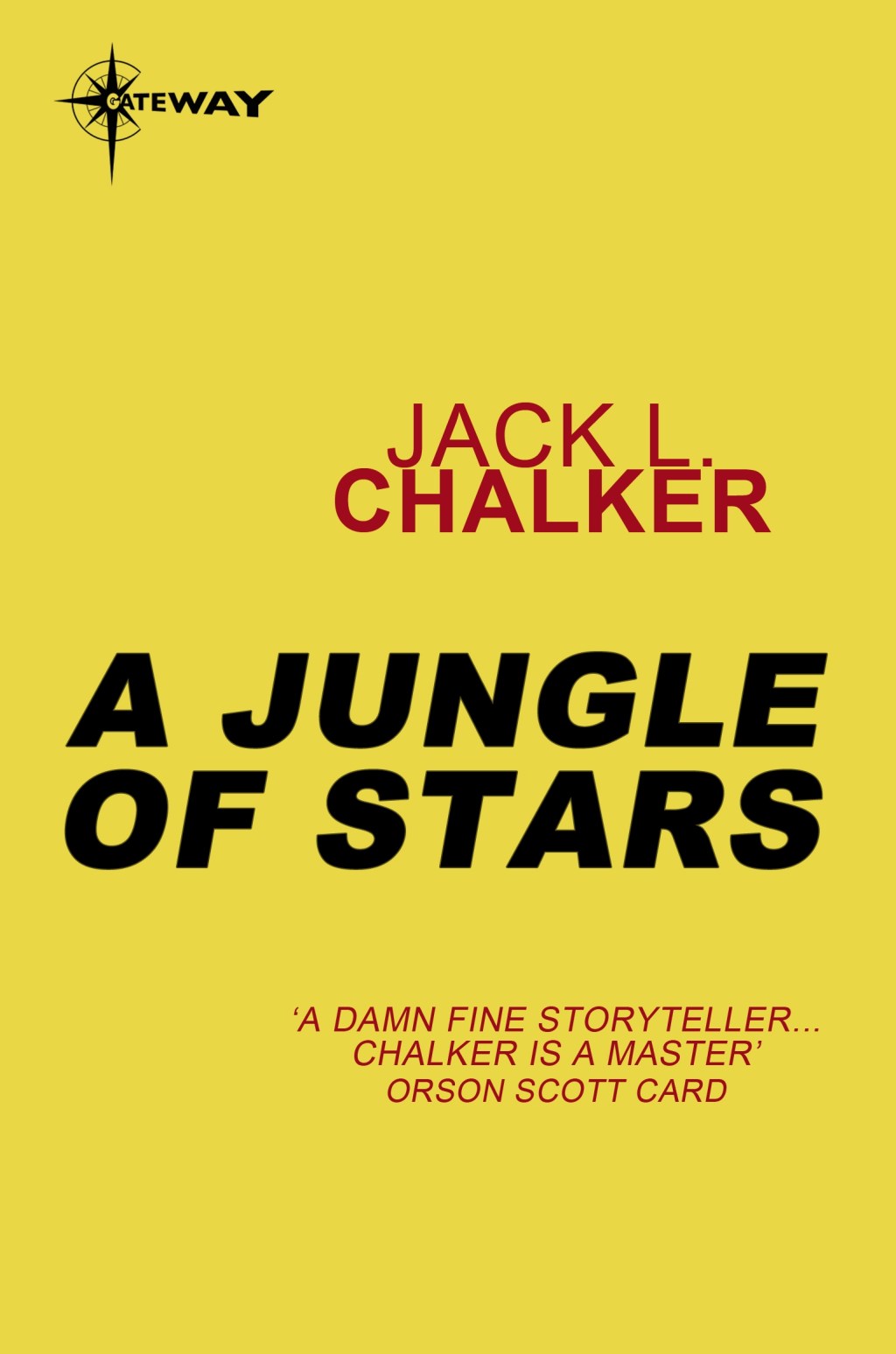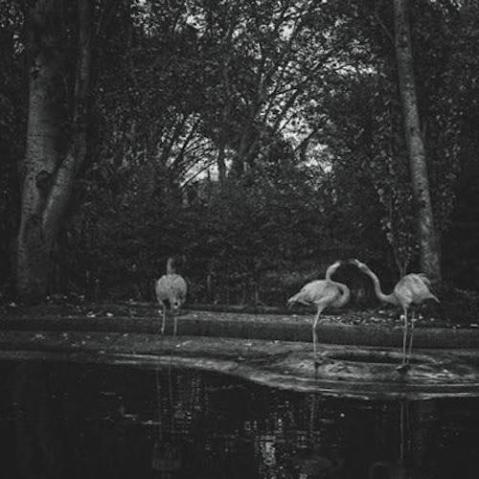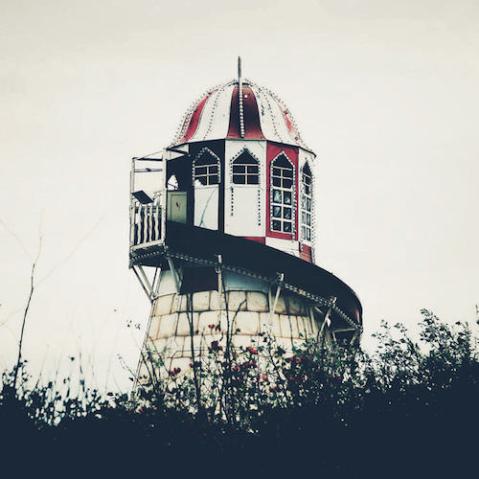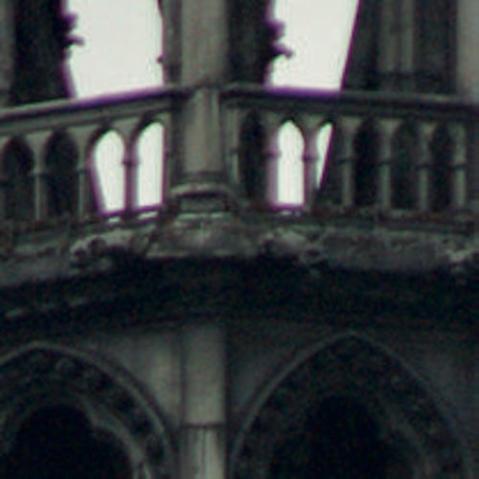Getting a handle on the histogram

Histograms are your path to exposure success, no matter what shooting mode you use or which metering pattern you call upon.
They may just appear to be tedious little graphs, but what those graphs are showing you is exposure gold—once you understand how to read them.
You can call up a histogram after you’ve taken a shot, although some cameras will also let you see a very useful ‘live’ histogram when you use the rear screen to frame your shots. Either way, when you look at a histogram you are looking at the distribution of tones in an image: the left end of the graph is black; the right end is white; and the mid-tone areas are (unsurprisingly) in the middle.
If the histogram is shifted to the left, it means the tones in the image are shifted toward the ‘dark side.’ This could simply mean you’re photographing a dark subject or—and this is where the histogram helps your exposure efforts—it could be indicative of underexposure. Conversely, if the histogram is shifted to the right, it tells you that your image is primarily made up of bright tones—if you aren’t photographing an especially bright subject, then the image is probably slightly overexposed and a small amount of negative (-) exposure compensation is needed.
A histogram will also warn you when the extremes of the tonal range have been ‘cut off.’ If the histogram piles into the left edge then certain areas are pure black (with no detail), while if the graph crashes into the right edge your brightest highlights have become pure white. In both instances, this ‘clipping’ might need looking at—detail that isn’t recorded when you shoot cannot be recovered later, no matter how hard you try.
Beyond Auto is Chris Gatcum’s easily accessible guide which will set you free. Unlike other beginners book it does not attempt to explain each and very button, dial and feature on your camera, or explore precisely where each pixel comes from. Instead it concentrates on the key creative controls, including exposure, focus and colour; essential skills that’ll enable you to take the sensational pictures that Auto mode simply can’t.
 Beyond Auto
Beyond Auto
Chris Gatcum
Buy it now!
RRP for print edition: £9.99





